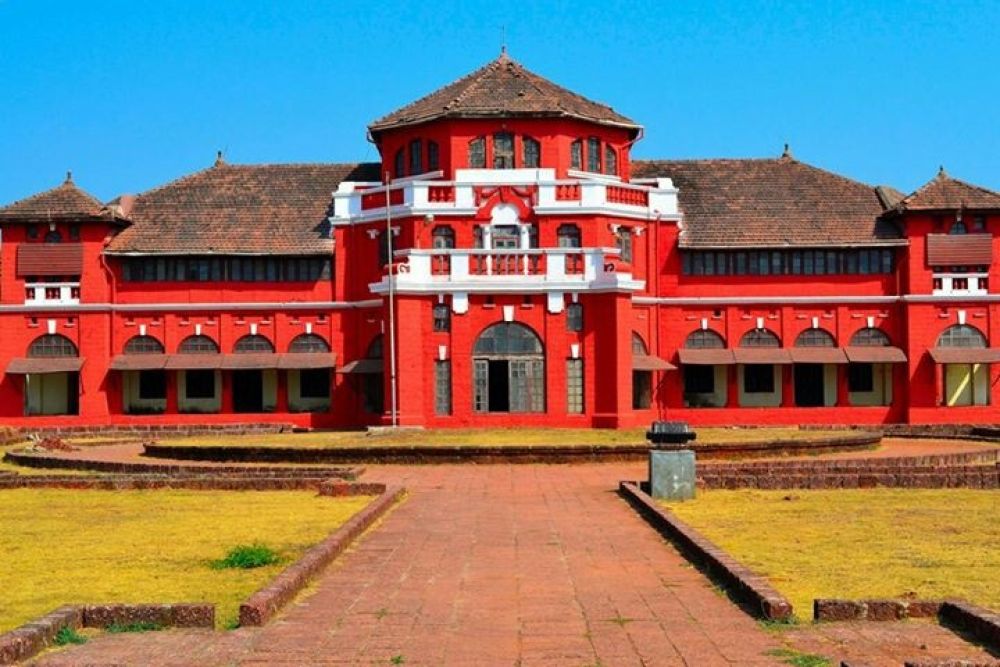

Thibaw Palace in Ratnagiri, Maharashtra, is a historical landmark with a unique history that contributes significantly to the tourism allure of the region. Perched atop a hill and overlooking the Arabian Sea, this enchanting palace was once the residence of King Thibaw Min, the last monarch of Burma (Myanmar).
Thibaw Palace's story begins with the British exile of King Thibaw Min and Queen Supayalat. After being dethroned as part of the British annexation of Burma in 1885, King Thibaw and his family were sent to Ratnagiri, far from their homeland, to live in isolation. The palace was constructed in 1910-11, specially designed to be a residence-cum-prison for the royal family. They spent their remaining years in this palace until the king's passing in 1916, followed by his family's gradual fade into obscurity.
Surrounded by verdant gardens, the architectural style of the palace is a fascinating blend of Western and Burmese influences. Though not very large or opulent as other Indian palaces, the historical significance of Thibaw Palace is immense, symbolizing a poignant chapter in colonial history.
In recent decades, Thibaw Palace has become an essential part of the cultural and historical tourism circuit in Maharashtra. The palace is managed by the Archaeological Survey of India, which has taken significant steps to preserve this monument. Visitors are drawn not only to its historical narrative but also to the panoramic views of the surrounding countryside and the tranquil atmosphere that the palace grounds offer.
Educational Tourism: There's a growing trend of educational tours, where students come to learn about colonial history, architecture, and the broader historical relations between India and Myanmar.
Heritage Walks: Heritage enthusiasts are increasingly including Thibaw Palace in their itineraries. The palace serves as an important stop in the exploration of Ratnagiri’s rich history, often combined with a visit to other nearby historical sites.
Cultural Exchange Programs: With India and Myanmar's shared history, there are collaborations to promote cultural exchange, inviting tourists from Myanmar and beyond to explore common heritage sites like Thibaw Palace.
Photo Tourism: The scenic beauty and the aura of the palace attract photography buffs who are eager to capture its elegance and its commanding view of the sea.
Eco-Tourism: Given Ratnagiri’s pristine natural surroundings, eco-tourists often visit Thibaw Palace as part of a larger environmentally conscious travel plan, indulging in nature trails and local biodiversity exploration.
When planning a trip to the picturesque Western Ghats region of Maharashtra, a visit to Thibaw Palace is a must. The best time to visit is from October to March when the weather is pleasant and conducive for exploration. While there, tourists can also enjoy local Konkani cuisine and the warm hospitality of the Ratnagiri people.
The palace has become more than just a historical monument; it is a beacon for various tourism activities that educate, inspire, and provide a serene escape from the hustle and bustle of city life. Its legacy continues to enrich the cultural tapestry of India and serves as a poignant reminder of the past's impact on the present.